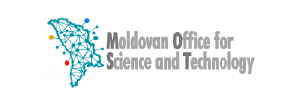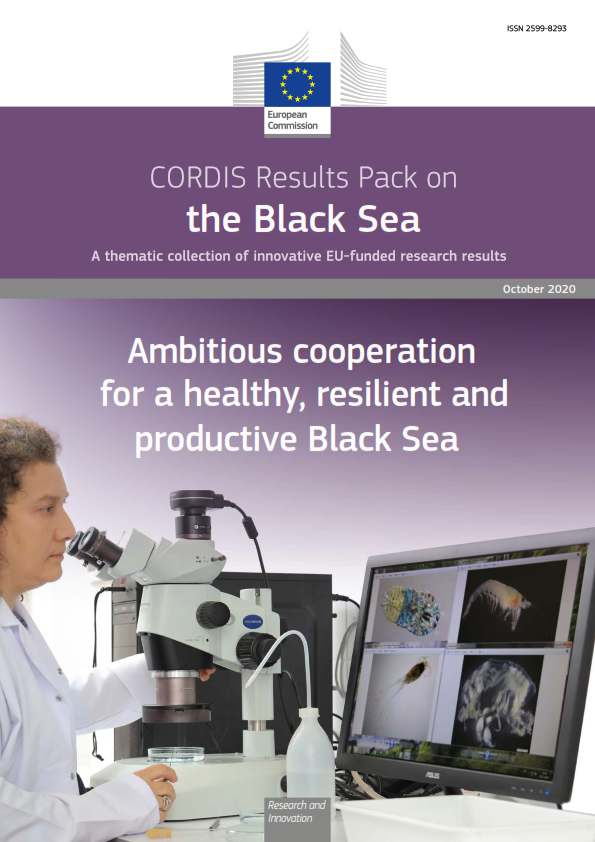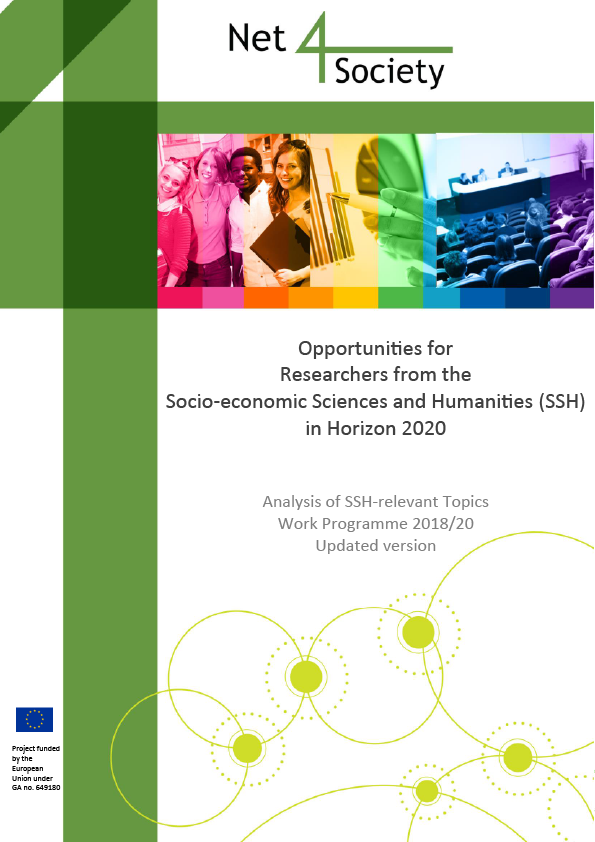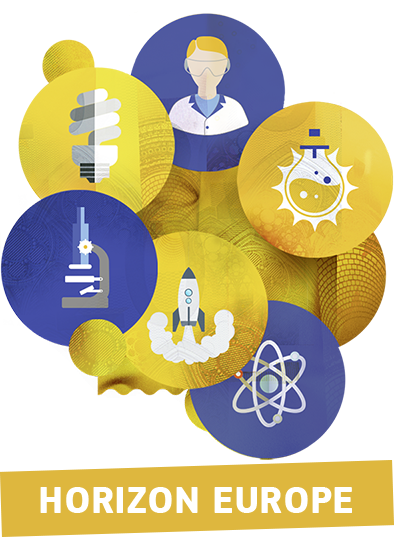The Future and Emerging Technologies (FET) Open call had its first cut-off date on 30 September 2014. 24 Research and Innovation Actions (RIA) and 4 Coordination and Support Actions (CSA) proposals have been selected and are currently under Grant Agreement preparation. Projects are expected to start as of June 2015.
FET OPEN Research and Innovation Actions
2D-INK is targeted at developing inks of novel 2D semiconducting materials for low-cost large-area fabrication processes on insulating substrates through a new methodology, which will exceed the properties of state-of-the-art graphene- and graphene oxide based inks. Achieving this would represent an important step forward in the processing of 2D semiconducting materials and will provide the key parameters for fabricating the next generation of ultrathin electronic appliances.
ABIOMATER will deliver a new class of metamaterials whose functionality can be controlled by external magnetic fields. The materials consist of micromotors, comprising an anisotropically “hard” and “soft” ferromagnetic particle pair embedded in a polymer matrix, and promise wide-ranging technological applications. The project will develop methods for incorporating the motors into elastic membranes (MEMs) that can be used to produce novel prototype devices.
CHROMAVISION aims to develop a pioneering chromosome imaging and manipulation platform that will fuel the next decades of structural chromosome research. The aim is to develop the Super-Resolution Correlative Tweezers Fluorescence Microscope that will for the first time enable 3D, super-resolution, real-time metaphase chromosome observation and manipulation studies under near-physiological conditions.
CompInnova will deliver a novel automated prompt for a non-destructive approach capable for the first time to detect, evaluate and repair damages on either metallic or composite aircraft components. This will contribute to reduce the cost and time for a heavy aircraft inspection while increasing flight safety.
CONQUER will explore a fundamentally new contrast mechanism with the potential to push magnetic resonance imaging (MRI) far beyond its limits towards a powerful molecular imaging modality. This will be achieved by exploiting the cross relaxation between 1H and large quadrupolar nuclei (QN) for contrast agent design, based on bio-compatible QN compounds and nanoparticles.
DEDALE seeks to address a recent emergence of novel data analysis methods by proposing a new modelling framework, allowing for a better preservation of the intrinsic physical properties of real data that generally live on intricate spaces.
DIACAT proposes the development of a completely new technology based on man-made diamonds for the direct photocatalytic conversion of CO2 into fine chemicals and fuels using illumination with visible light. The approach lays the foundation for the removal and transformation of carbon dioxide and at the same time a chemical route to store and transport energy from renewable sources
HELENIC-REF aims to the establishment of a new sustainable methodology for the water thermolysis at temperatures below 300°C and the immediate corresponding production of energy or fuels, using water as a source for renewable fuel.
IBSEN will build a repertoire of human behaviour in large (1000+ persons) structured groups using controlled experiments. The project will apply this setup to specific research questions, focusing on novel phenomenology that may arise in large systems as compared to typical smaller ones, to find the rules that govern human behaviour in those cases, including the influence of social context and individual identity on them.
InnoSMART proposes a novel idea that deals with the development of an innovative result; a ground breaking coating from shaped memory alloys that could change the life span of engineering structures in various sectors such as bridges, airplanes and infrastructures engineering.
LiNaBioFluid seeks to employ advanced laser-processing strategies based on self-organization, to mimic the specific topography and the excellent wetting properties of the integument of bark bugs and moisture harvesting lizards resulting from adaptations to their environment.
MAGicSky will create the first proof-of-concept room temperature spintronic devices based on magnetic skyrmions. Skyrmions are magnetic solitons that carry information, and are remarkably robust against defects that can trap or destroy them due to the topology of their magnetic texture. They can be used in nanoscale devices compatible with conventional integrated circuit technology.
Microflusa proposes by using microfluidic technology to unlock the bottleneck of revolutionary materials that, even though theoretically imagined, the amounts are far too low to approach industrial applications. This will enable an increased production of complex building blocks mimicking molecular structures in the field of colloidal science, with the hope of elaborating faster and more efficiently innovative materials.
MRG-GRammar will leverage Synthetic Biology with cutting-edge DNA synthesis technologies and high-throughput analysis to generate new types of biological datasets that systematically explore all possible regulatory landscapes rather than just the naturally occurring regulatory sequences. The expectation is to make a significant breakthrough in deciphering and evolving the regulatory code.
NANOSMELL seeks to develop controlled (reversible) odour emissions and to solve the combinatorial code of olfaction. The project aims to propose an odour-emitting component in devices such as televisions, phones, computers and more. The approach is based on DNA-based "artificial odorants" being tagged with a nanoparticle changing their conformation in response to an external electromagnetic field.
NEMF21 aims is to develop wireless Chip-to-Chip (C2C) communication and wireless links between printed circuit boards operating as Multiple Input Multiple Output devices. The project will deliver the breakthroughs necessary to enable this future emerging wireless C2C technology by creating a revolutionary electromagnetic field simulation toolbox.
nuClock proposes to develop a novel type of clock, based on a unique nuclear transition in Thorium-229. This nuclear clock will be fundamentally different from existing atomic clocks, which are based on transitions in the electron shell. It will be largely inert to perturbations, simpler by design, and holds the potential to outperform existing atomic clocks in terms of precision.
PHOENIX will investigate a new line of technology that will enable the exploration of difficult-to-access environments exploiting a risky, highly-novel approach. The project's main objectives are: the development of a co-evolutionary framework, the design of versatile agent technology and the development of a dedicated human interface.
QCUMbER aims to dramatically enhance quantum channel capacities per signal state, enable precision time-frequency measurements beyond classical boundaries and open new avenues to scalable quantum information processing.
RECORD-IT seeks to develop an intelligent biocompatible sensing device which detects complex behavioural changes in ion concentrations. The sensor will use wet NOMFETs, coated Si nanowires, self-conjugated polymers, arrays of photocells, flow of lipids. The proposed approach will be based on reservoir computing.
SYMBIOTIC seeks to develop an autonomous electrochemical biosensor that is lightweight, disposable and of low cost by using an outstanding innovative approach: hosting synergistically the bioreceptor element inside a passive direct methanol fuel cell (DMFC). The proposed electrochemical biosensor will be completely autonomous operating at room temperature and using the oxygen present in the air, thereby allowing diagnosis everywhere.
ULTRAQCL proposes a new technology for generation of ultrafast and intense light pulses across the electromagnetic spectrum enabling the study of fundamental light-matter interactions, as well as industrial exploitation. The aim is to break-through the current technological gap by using THz quantum cascade lasers (QCLs) as a foundational semiconductor device for generating intense and short THz pulses.
VOXEL seeks to prototype new cameras that will combine the X-ray penetration and nanometre spatial resolution. The ultimate goal is to provide an alternative to tomography with a disruptive technology enabling 3D X-ray imaging at very low dose.
ZOTERAC proposes a disruptive approach based on ZnO-based nano-engineered semiconductors in order to realize THz emitters operating at room-temperature with milliWatt output power capability as well as THz quantum detectors with unprecedented large operating temperatures. The applications range from medical diagnostics to security screening, trace molecule sensing, astronomical detection, space-borne imaging, non-invasive quality control or wireless communications.
FET OPEN Coordination and Support Actions
CIRCLE main objective is to integrate islands of heterogeneous research activities in a common research framework, facilitating the creation of an EU-wide Molecular Communications (CIRCLE) network and provide a support infrastructure for coordination of research across Europe.
FET_Traces project will measure and assess the direct and indirect impacts of the FET programme on the science and technology landscape and its perception by individual researchers who are potential proposers for FET Open and FET Proactive projects. The study will also include insights from FET-like funders on national levels in Europe.
FET-Event objective is to efficiently support the organisation of the next edition of the FET event, addressing in particular pre-conference communication, local organisation, participant assistance, and post-conference follow-up.
OBSERVE objective is to identify new opportunities and directions for interdisciplinary research towards new and visionary technology of any kind, thus supporting Europe to grasp leadership early on in new and emerging technology areas that promise to renew the basis for European competitiveness and growth.
Success rates* for the 1st cut-off date of FET Open call
RIA: 24 / 643 (3.7%)
CSA: 4 / 31 (12.9%)
Of note, number of proposals below threshold(s): 385 (RIA) and 10 (CSA)
(*) Number of proposals retained for Grant Agreement preparation / Number of submitted proposals
More information about FET Open calls is available on the Participant Portal (RIA and CSA calls).










